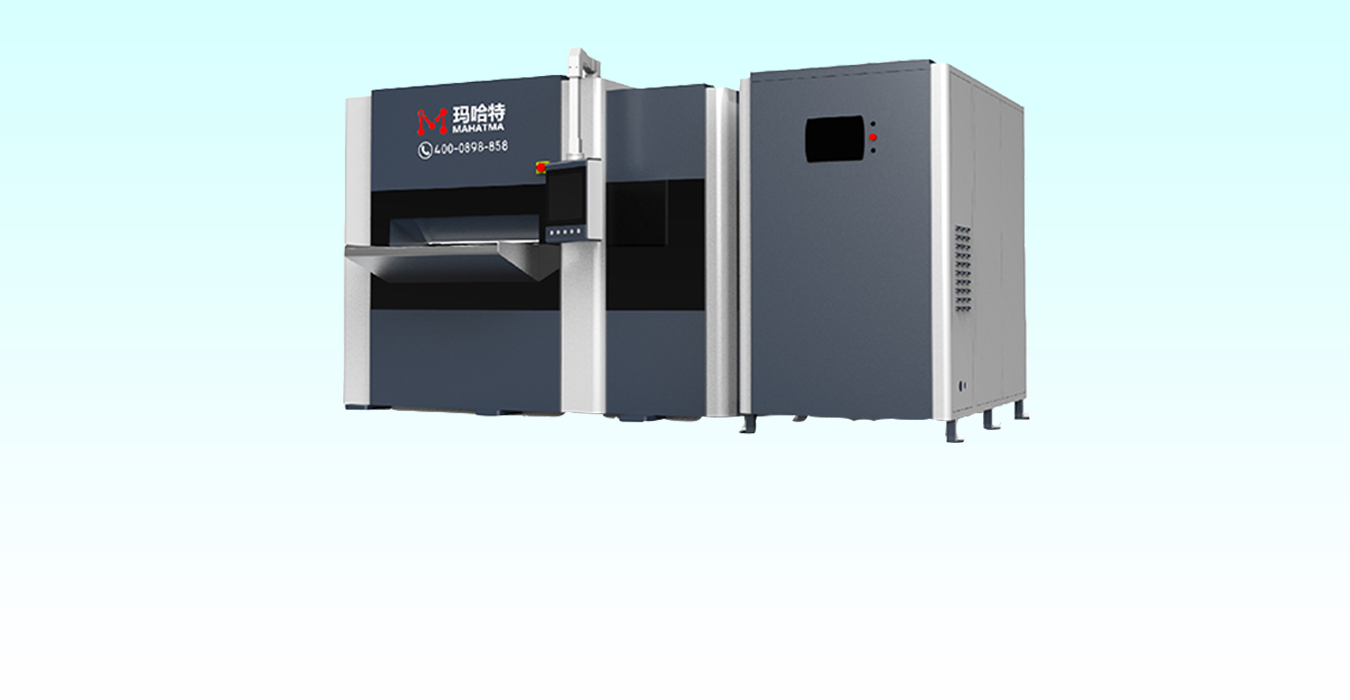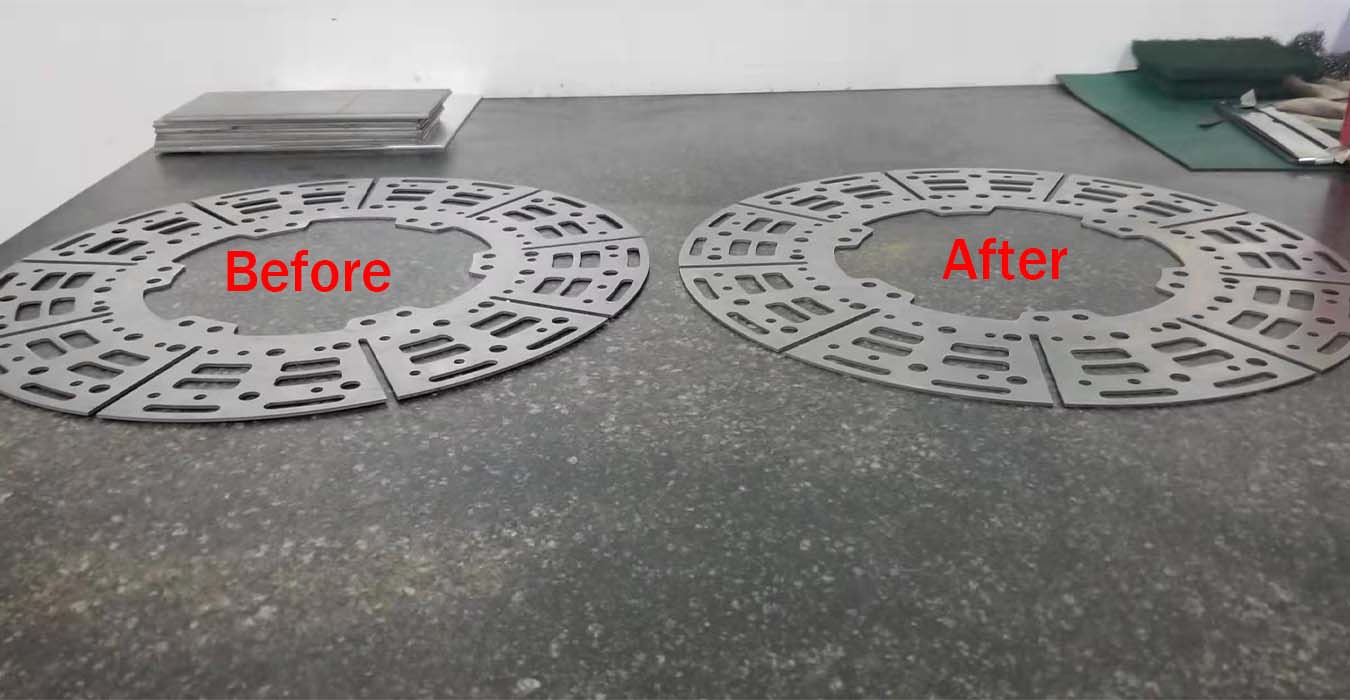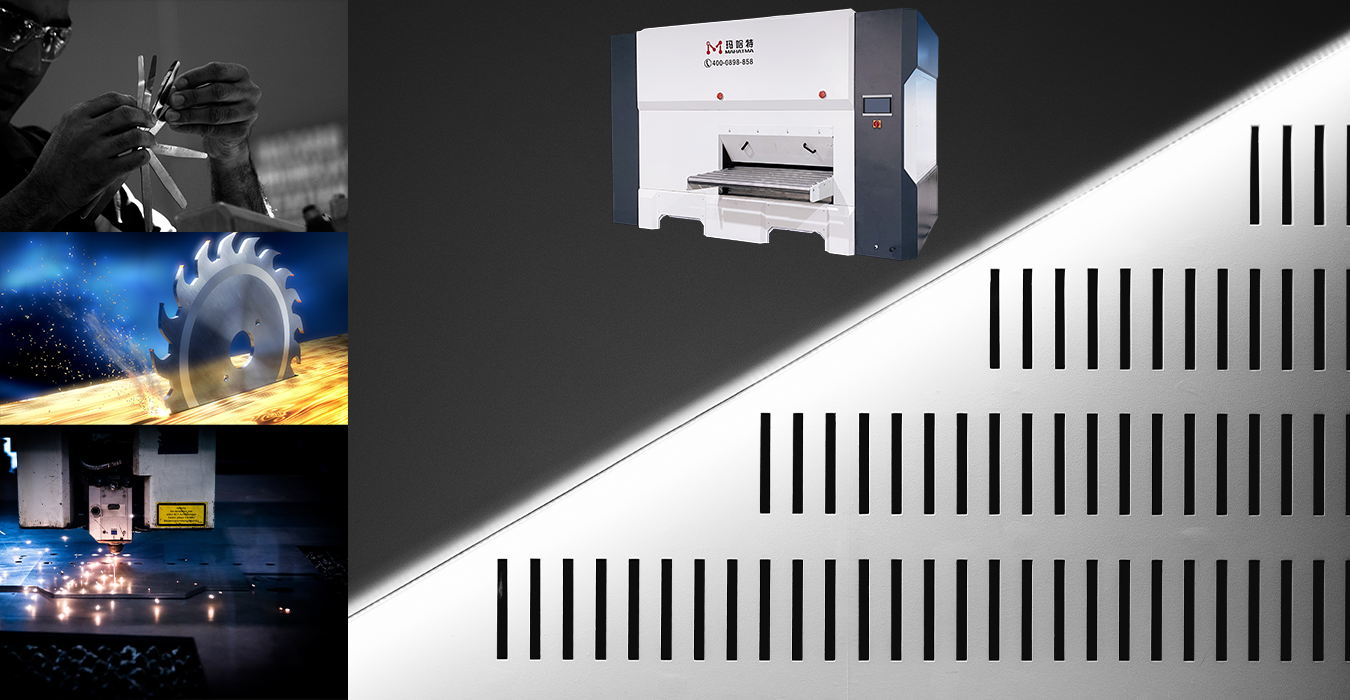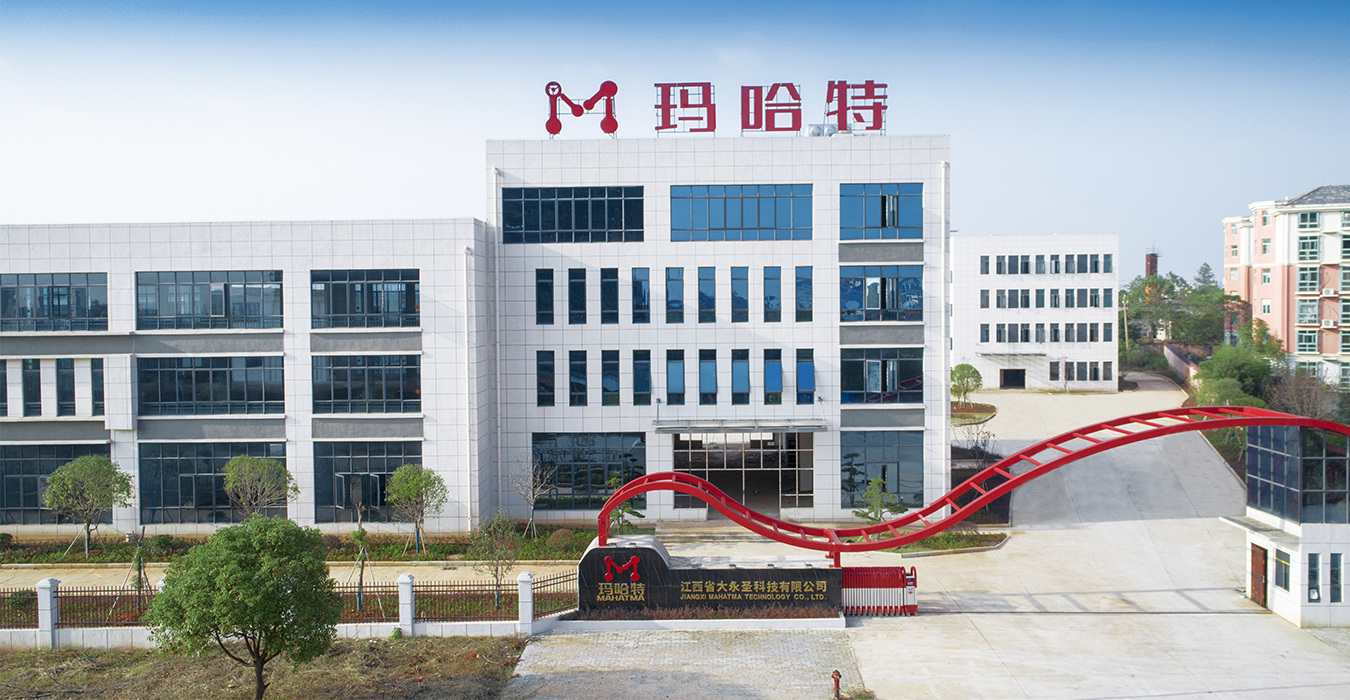What's the use of a part leveler

Basic cognition of part leveling concept into enterprises
Some sheet metal processing enterprises still do not pay attention to the leveling process, and some sheet metal parts suppliers, such as those in machinery manufacturing or construction machinery manufacturing, always think that leveling is nothing more than bending sheet metal parts. This kind of processing also often stays in the manual operation stage, sometimes using hammer and flame, and some enterprises use stamping machine or rolling machine to correct the flatness of sheet metal parts. Although these traditional leveling methods can make the parts basically straight, they are only surface efforts and can not eliminate the internal stress of the material at all. After laser or plasma cutting, sheet metal parts will appear material deformation and distortion, and contain large stress. The consequences of these problems can be imagined: before entering the subsequent processing process, the distorted parts must be time-consuming and labor-consuming reworked, and even some parts can not continue to enter the subsequent processing process and become waste products.
Part leveler brings competitive advantages to outsourcing processors
Sheet metal parts suppliers face great competitive pressure. After all, their products can be replaced. In addition, their customers are not willing to bear the cost of sheet metal leveling, but naturally require suppliers to provide leveled parts. In order to meet the requirements of minimal labor difference of sheet metal parts, if the processor does not use precision leveler, not only the production efficiency is very low, but also the workers must master skilled skills. Due to the high cost and the lack of professionals, the economic cost of manual leveling operation is very low. If the cost of leveling cannot be recovered, the supplier can only be forced to give up this process, and the customer's finished product assembly quality will be greatly reduced.
If outsourcing processing enterprises want to stand out in the competition, they must provide sheet metal parts with smaller tolerance processed by advanced leveling technology with preferential processing price. It is also one of the reasons why they should consider whether to purchase precision leveler.

Roll leveling with precision leveler
When the roller leveling technology is adopted in the precision leveler, the workpiece is fed into and passes through the staggered leveling rollers. The alternating bending force of the leveling rollers is initially strong, and then gradually weakens to the end. After repeated alternating bending, the deformation of the workpiece gradually decreases, the internal stress of the workpiece after leveling is weak and the flatness accuracy is high.
Under the influence of workpiece shape and slot hole, there are alternating cross sections on laser cutting parts and flame cutting parts. This difference is different from the cross section of the head and tail end of the workpiece, which will release unstable force during leveling. Therefore, the challenge of roller leveler is to maintain a stable leveling process under the condition of floating force. In order to obtain the best leveling effect, the leveling gap between the upper and lower leveling rods cannot change during the leveling process. Once the distance between rollers is changed, it will negatively affect the leveling effect.
Many sheet metal processing enterprises have purchased advanced precision levelers, which are equipped with servo hydraulic leveling gap control system. Through hydraulic adjustment, when the leveling roller gap changes, force is applied to the leveling roller instantly, so as to keep the leveling gap stable in the leveling process and ensure the best leveling effect. In addition, the precision hydraulic leveler also has a unique and reliable overload protection function. Excessive leveling force will damage equipment components. For hydraulic control equipment, when the load is too large, the equipment will automatically stop leveling operation.

Leveling of parts and assemblies
The production of flat and stress-free sheet metal parts can provide added value to the customers of parts suppliers. Some of them need large flame cutting parts, while others, such as customers in the electronics industry, order small-size laser cutting parts and stamping parts. Part leveler is especially cost-effective for outsourcing processing enterprises that provide large-size and complex components to end customers. According to the customer feedback of the parts supplier, the subsequent processing of sheet metal parts becomes simpler and faster after being processed by leveling machine. The angle correction in part bending can also be reduced by 70% to 80%. Moreover, the leveled parts can be better installed into the welding device, and the operation time can be shortened to the minimum. In addition, flat and stress-free parts will also shorten the automatic welding man hours and make them weld smooth welds faster.
The cost of part leveling machine is lower than that of manual leveling
As a supplier, the part leveler should be included in the sheet metal processing process. In the production process, the leveler shows obvious efficiency advantages to ensure that you can meet the high requirements of customers for the quality of sheet metal parts. For many enterprises, the leveling of sheet metal parts has always been the bottleneck in the production chain, and they often know nothing about it. The manual leveling process operated by press is very time-consuming and labor-consuming, which is obvious to all. For complex parts, even experienced employees need 1 hour to complete the processing of a part.
Customers who still rely on manual leveling can significantly save costs and resources by using part levelers, as shown in the following example: it takes an average of 20 minutes for an employee to level with a hammer and flame. To manually level 10.000 workpieces, the enterprise needs to spend nearly 200.000 euros per year on equipment, labor and man hours. It takes less than one minute to finish the work of other parts by using the advanced leveling machine. According to this example, an outsourcing processing enterprise can save more than 100.000 euros per year. The purchase value of precision leveler will recover the cost in a short time.

Conclusion:
The use of precision leveler for leveling processing is the solution to achieve the accuracy of parts. Outsourcing processing enterprises that supply sheet metal single parts can process parts with low stress and high flatness, so as to obtain competitive advantage. Therefore, the supplier of the whole set of components reduces the rework and scrap rate, so as to shorten the working hours and costs. For the parts suppliers engaged in sheet metal processing, the purchase of precision leveler is a very cost-effective investment.




 add wechat
add wechat